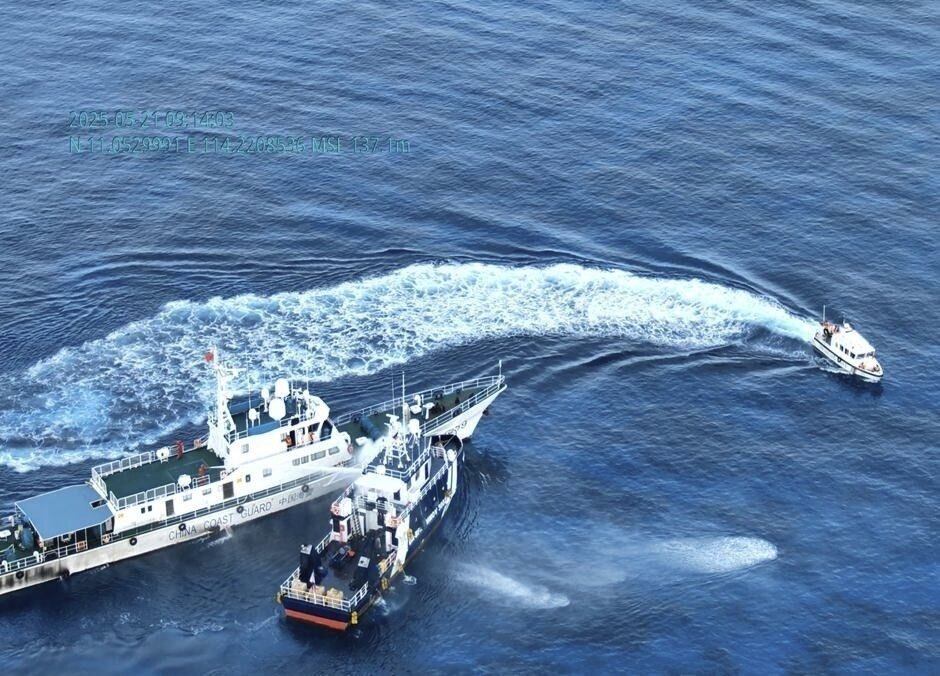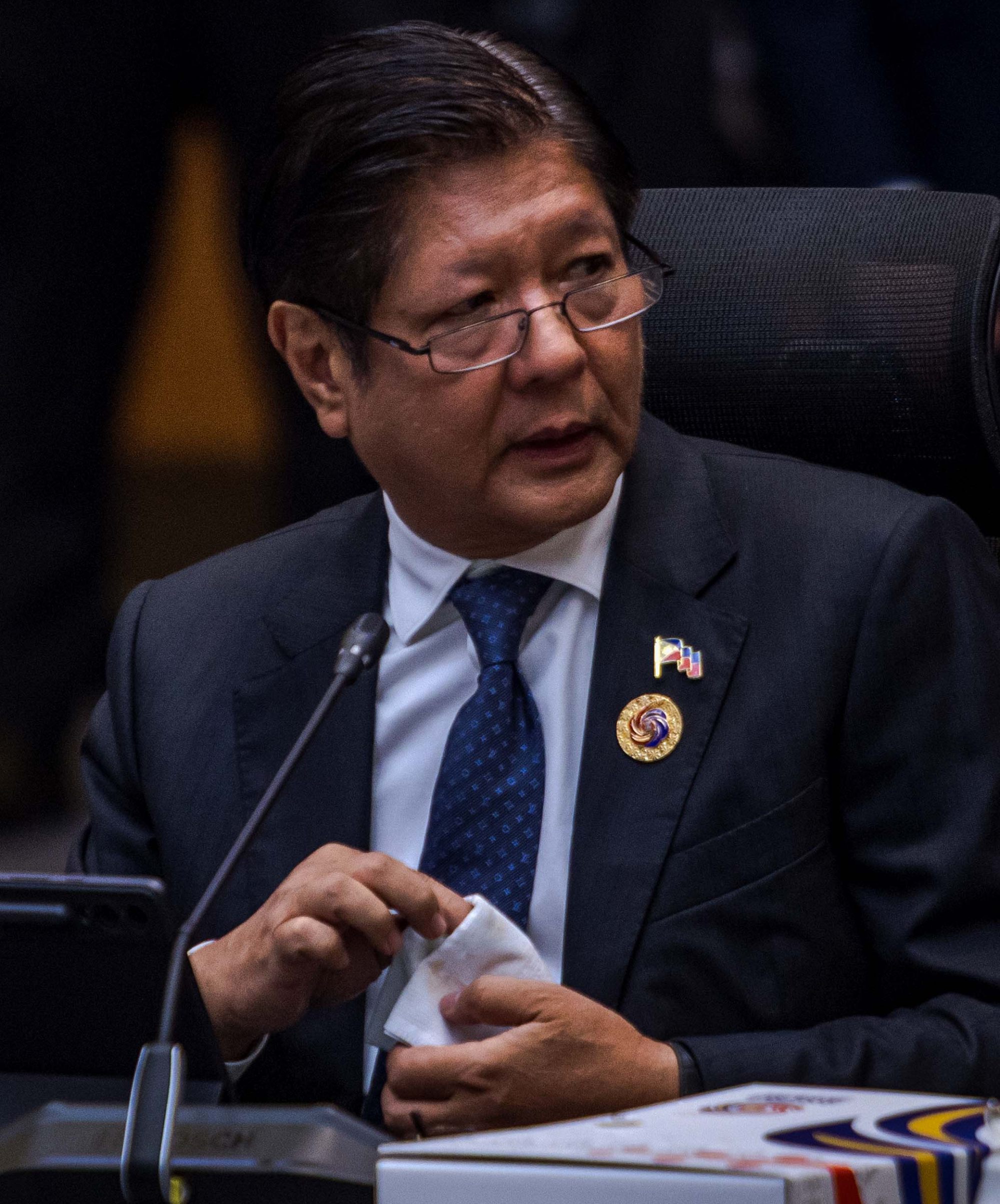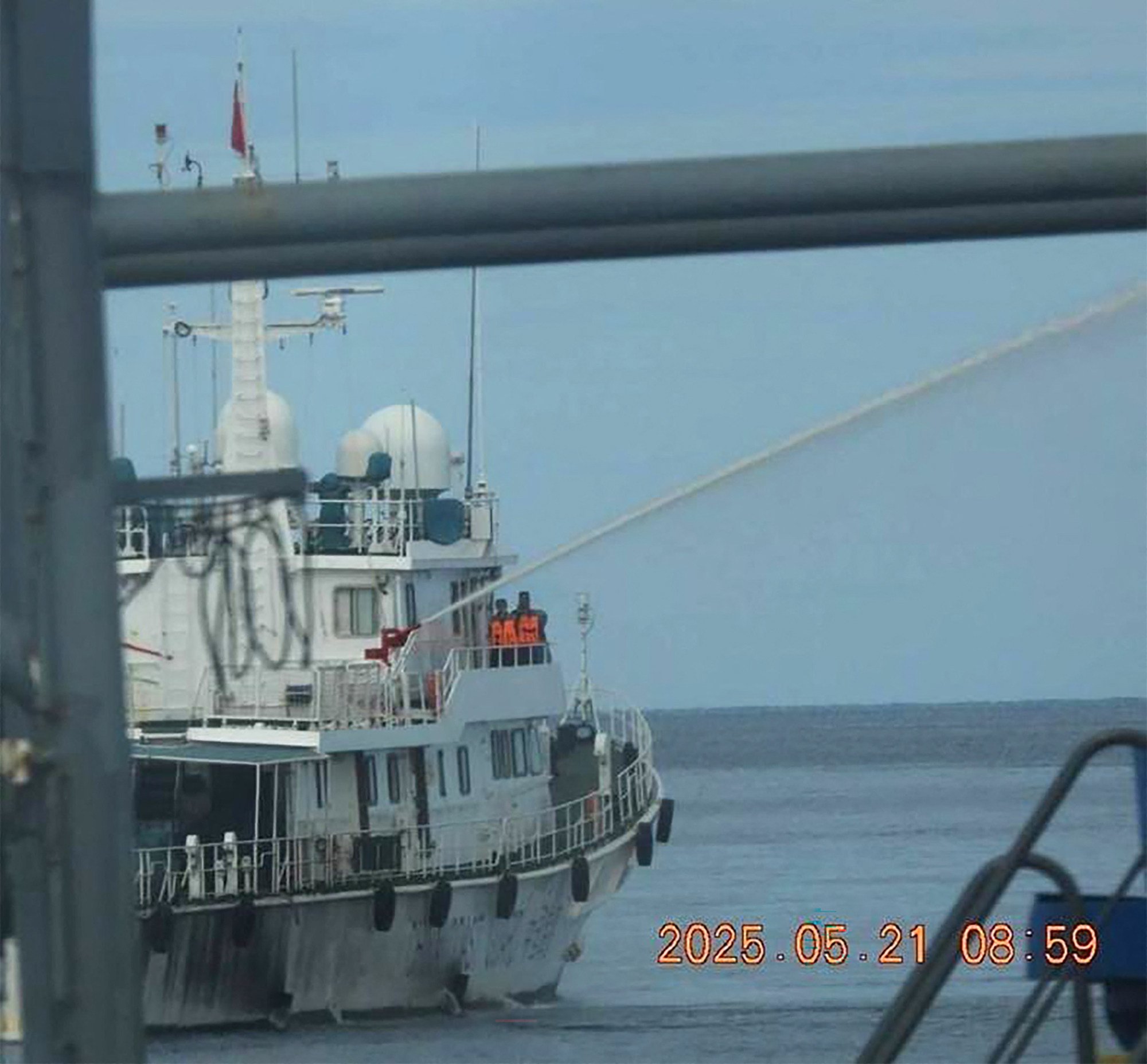Now or never? Philippine’s Marcos urges Asean to fast track South China Sea code
Asean’s consensus-based approach is too weak to persuade a dominant China to agree to a code of conduct, experts say

Philippine President Ferdinand Marcos Jnr has called on Southeast Asian leaders to fast track a long-delayed code of conduct for the South China Sea – but analysts at a recent maritime forum in Manila believe the agreement is more likely a decade away, if it happens at all.
Speaking at the 46th Asean Summit in Kuala Lumpur on Monday, Marcos said: “We underscore the urgent need to accelerate the adoption of a legally binding code of conduct in the South China Sea. This is to safeguard maritime rights, promote stability, and prevent miscalculations at sea.”
The code of conduct – under negotiation since 2002 between Asean and China – aims to reduce tensions in the disputed waterway by setting rules for maritime behaviour and crisis management. Talks have stalled repeatedly over the years amid tensions over territorial claims and competing national interests.
The president’s remarks came just days after the inaugural Asean Maritime Security 2025 forum was held in Manila. More than 70 maritime experts, officials and academics from the 10-member Association of Southeast Asian Nations from May 21 to 23 gathered to discuss regional challenges.

At the forum, a senior Malaysian official expressed optimism that the code could be finalised by next year, when the Philippines assumes the rotating Asean chairmanship. Malaysia is Asean chair this year.
“On [the] CoC, we are very positive on that,” Malaysia’s National Security Council Deputy Director General Hamzah Ishak said.
“If I’m not mistaken, there’s a third or fourth reading of the draft. And of course, whatever good thing, sometimes it will take time,” he said. “Hopefully during our chairmanship in Asean, there will be progress in the CoC and also on the Maritime Law Enforcement Agency forums.”
Hamzah noted that defining key concepts – such as a standard interpretation of the UN Convention on the Law of the Sea and a common understanding of what constitutes an exclusive economic zone – remained essential.
He also warned against bringing in external adjudicators. “If you want to go to [a] third party, there’s no win-win situation.”
In 2016, an international arbitral tribunal ruled in the Philippines’ favour, saying that Beijing’s claims, based on its historic maps, had no basis under international law. China does not recognise the decision.
The mood was far more sceptical, however, when forum organisers conducted an instant anonymous poll on the likelihood of finalising the code.
Only one attendee believed the agreement would be completed within three years. Eighteen predicted it could take a decade while the majority – 28 participants – said the code “will never be completed”.
The poll was taken during a panel discussion on Asean’s consensus-based approach to decision-making and how this has fared in resolving maritime conflicts.
‘Asean way’ under scrutiny
Dr Hoo Chiew Ping, a senior fellow at the East Asian International Relations Caucus in Malaysia, observed that China’s stance on the code had shifted over time. While Asean countries had initially pushed for a more binding agreement and China resisted, she said Beijing now supported a binding version “because then it allows them to institutionalise their claim”.
Before any progress could be made, however, she stressed that Asean must first “bridge the gap between mainland Southeast Asia and maritime Southeast Asia” and conduct wide-ranging consultations within each member state to develop a unified position.
Thitinan Pongsudhirak, a political-science professor at Thailand’s Chulalongkorn University, placed the blame for the current impasse squarely on China, the consensus-based decision-making model known as the “Asean way”, and a “quasi rules-based arrangement” about the South China Sea “that has been blatantly violated”.
The South China Sea, he argued, was the turning point in US-China relations, which had been far more cooperative 25 years ago, when Washington backed Beijing’s entry into the World Trade Organization. “Then President Xi Jinping said China would not weaponise [the artificial islands they built in the South China Sea], but they did. And this became a problem.”

China’s behaviour in the sea dispute was similar to its actions in the Mekong River, he said, when it built 11 big major dams without consulting the downstream countries like Laos, Thailand, Myanmar, Cambodia and Vietnam on how they would be affected.
“I don’t think there will be an agreement. There’s been a lot of foot dragging, kicking the can down the road, and it’s been overtaken by events, and especially US-China conflict,” he said.
Even if the code is completed, he warned, it would likely be “on China’s terms – and that means capitulation and submission by the Asean claimant states”.
Thitinan argued that meaningful progress would require “deep institutional reforms” within Asean, warning that “China will do everything that it can to make sure that Asean is off-balanced, off-footed, weak and divided”.
“Asean itself has to respond by finding new modalities and coming up with new ways of doing things. Not the old Asean way any more … It makes Asean irrelevant.”
The regional bloc could get the process going by developing its own internal code of conduct first, said Raksmey Him, executive director of the Cambodian Centre for Regional Studies.
“If China is such a major factor in hindering progress in CoC, why doesn’t Asean start CoC negotiations among its members and adopt its own CoC first? So this way, Asean can have their own code of conduct.”